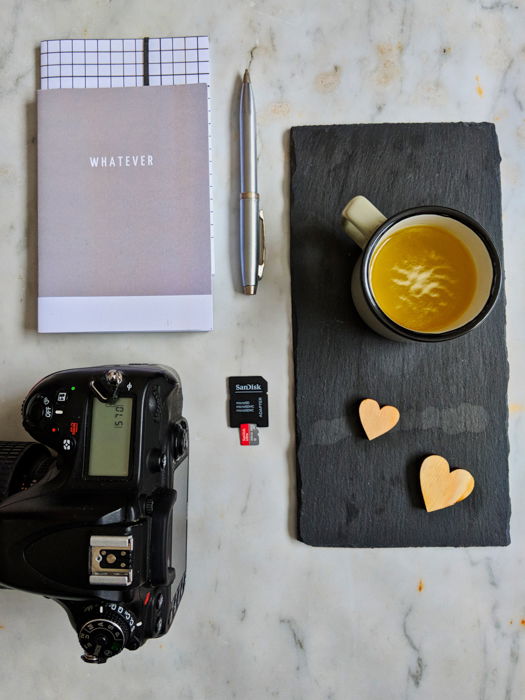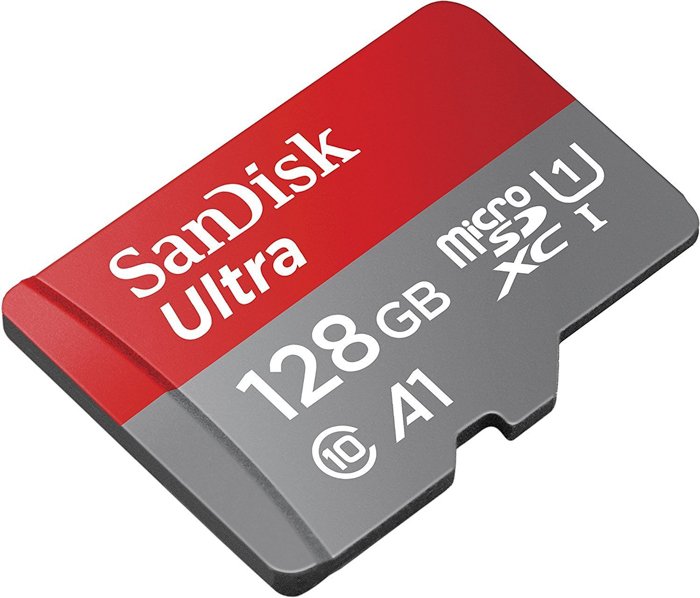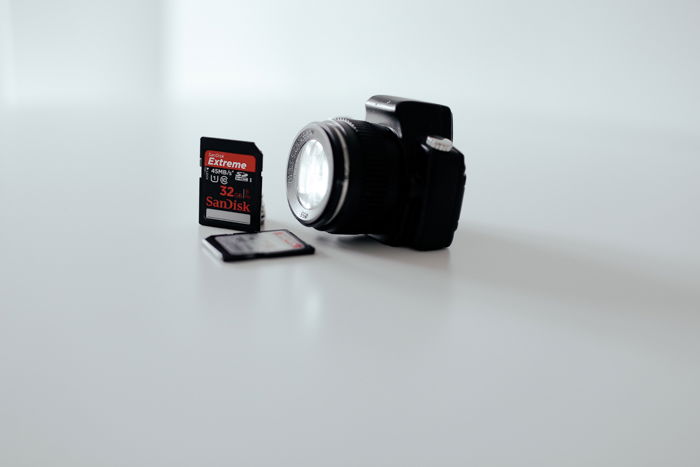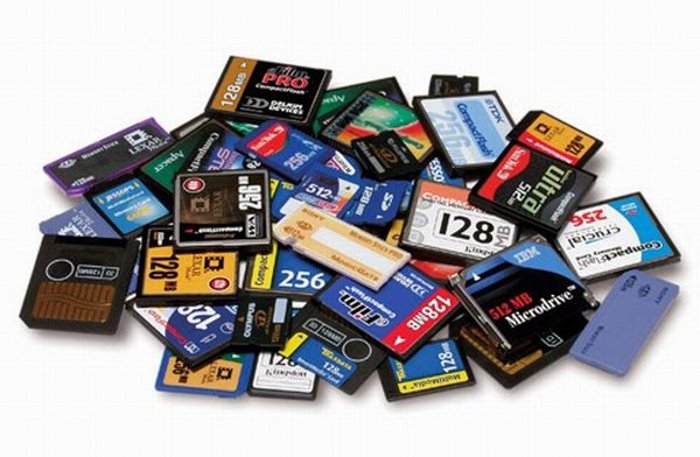How Many Photos Can a 64gb Sd Card Hold
A memory card is your loyal companion every bit it stores your photographs. CF, SD, and MicroSD cards are the most common amidst DSLRs, mirrorless, and other cameras.
You've probably always wondered exactly how many photos fit onto your retentiveness card. Today I'1000 here to answer that.


[Notation: ExpertPhotography is supported by readers. Product links on ExpertPhotography are referral links. If yous utilize one of these and buy something, nosotros make a little bit of money. Demand more than info? Come across how it all works here. — Ed.]
How Many Photos Keep a Retention Carte du jour?
To respond this question properly, we need to look at the two different shooting settings and how they bear upon the file size.
The 2 are jpeg and raw.
JPG Vs. Brand-Specific Raw Vs. DNG
JPG compression is used in a number of image file formats. JPG is the most common paradigm format used by digital cameras and other photographic image capture devices.
These images are 'compressed' and only keep the data that the photographic camera accounted as worth keeping. If you're uploading your images to social media or straight to your archive, good. Simply considering of this, they don't offer much play in post-processing.
A raw (note the lower instance spelling) paradigm contains all the raw data of the scene you're capturing. This means you lot have the full dynamic and color range for every single pixel your photographic camera can capture.
Raw image files are way bigger than JPG files. They give you more than room to alter exposure values, white residuum, and to tweak colors using post-processing software.
Manufacturers usually accept their ain raw file formats. Canon uses CR2 and CR3, Nikon uses NEF, and so on.
A DNG is a Digital Negative. In a non-make-specific raw format. For all intents and purposes, information technology is the same as a normal raw file. My Catechism 7D shoots in JPG and/or CR2 raw, but my Ricoh GRII uses DNG.

Size Deviation
There is a considerable divergence between the 2 file types.
JPGs are compressed. They fit perfectly in the 8-bit purlieus used for spider web images. They are usually the end consequence of raw conversions, also.
Considering of the various amounts of compression, JPG file sizes vary. On a 20MP digital camera, they are between five and 10 MB.
Raw files, on the other hand, contain all the data your photographic camera captured. Raw files are perfect for extensive post-processing.
Most raw formats are uncompressed. This means that every raw file (at the same settings) has roughly the same size, no matter what's in the photo. They are normally around 30MP each on a 20MP photographic camera.
So, if a raw file takes 30 MB of space, information technology can fit in the memory cards equally follows:
- 32 gb = 1,092 photographs
- 64 gb = 2,184 photographs
- 128 gb = 4,368 photographs
- 256 gb = 8,732 photographs
JPG files are almost too much to count at vii MB each:
- 32 gb = four,700 photographs
- 64 gb = 9400 photographs
- 128 gb = 18,800 photographs
- 256 gb = 37,600 photographs
*call back that this digital aspect is 1,024 bytes = 1mb and 1,024 mb is one gb*
Memory Cards
Choosing a memory card will depend on your camera. You lot have the pick over thebrand,the size, and thespeed of the retentivity carte.
The bigger the size, the more photographs you tin can take. This is a groovy style to store more images, only a slap-up mode to lose or damage them all too.
The speed relates to how fast the memory card tin can deal with the data. A faster memory carte du jour is more expensive, but information technology volition allow you to utilise continuous or burst modes. However, your camera may not even exist able to utilise the cards full writing speed.
If you desire to know more almost picking the best memory card for you, bank check out our commodity on how to choose your retention carte.
CF (CompactFlash) cards are one of the 2 well-nigh common memory cards institute in digital cameras. They are the largest in concrete size.
They are used in many mid to larger sized digital cameras and digital SLRs.

SD (Secure Digital) cards are being used more and more due to their small size.
Virtually laptops even have a small opening specifically for these retention cards. They are a safe bet for manufacturer support in case something goes wrong.
They fifty-fifty take a tab on the side of the memory carte that protects your images when depressed.

MicroSD cards are smaller than their bigger brother. They were designed for smaller cameras and devices such as Go Pros, drones, and cell phones.
Smaller memory cards have a higher adventure to be lost. They will piece of work as an SD card when accompanied by an adapter.

Size Matters
At the time of this commodity (March 2018), these are the highest capacities for these memory card systems:
- CF = 512 GB
- SD = ane TB
- MicroSD = 1TB
Speed Does Too!
At the time of this article, these are the fastest retention card systems:
- CF = 155 MB/s (read/write)
- SD = 300 MB/south (read/write)
- MicroSD = 100 MB/south (read/write)
As you lot tin can run across, the SD card is already outstripping the CF. There are other, even faster card types likewise, simply you won't find them in consumer-oriented cameras.

Before you become, check out this video.
Source: https://expertphotography.com/how-many-photos-memory-card-holds/

0 Response to "How Many Photos Can a 64gb Sd Card Hold"
Post a Comment